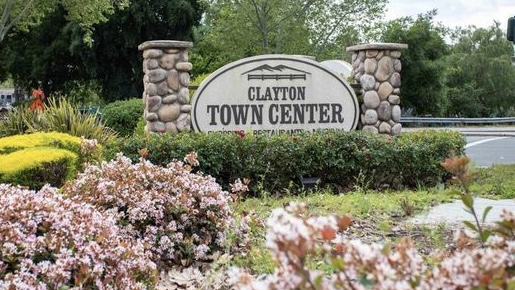New bill boosts community college budget
February 4, 2014
Gov. Jerry Brown is proposing to increase California community college funding by about $1 billion as part of the 2014- 2015 budget.
According to a Contra Costa Times article from Jan. 14, this money could allow more students to enroll, freeze unit fees at $46, hire more counselors and add more classes.
Interim Vice President of Instruction Rachel Westlake is optimistic towards the ability to expand, explaining that DVC has had to make many cuts and turn away students who couldn’t get their needed classes in recent years. This money could provide more opportunities to them.
But the outcome of this money is contingent upon the need for students to be in school.
“It’s as good as we have student demand,” Westlake said. “If there are students out there who need the classes and if this money is giving us that ability to serve those students, then it’s a good thing. If we find that there aren’t students out there who are wanting this, then we either have to evaluate whether we are doing the outreach that we need to the students who are not coming or we have to evaluate whether the demand is really there.”
Beth Hauscarriague, dean of counseling and enrollment services, echoes similar sentiments about having turned away students for a long time, and with this potential money going towards community colleges, the school needs to gain back students that have been turned away.
“We’ve increased our marketing efforts and sending information out to the county residents and encouraging, reminding them that we’re here… we have great faculty and we have these great classes,” she said.
Hauscarriague finds that this money could continue to add to the ongoing growth the college is going through. For example, DVC has already begun adding more courses to the schedule, including late start classes this February.
She’s open to the possibility of adding even more courses, especially those that are in impacted departments, such as science, math and English. But the ability to add courses depends the space that is available for them on campus.
“It’s not just about money, if we get more funding. It’s also about what space we have on campus and when we have the space available,” she said. “If we are to capacity at a certain time, maybe that means we can offer classes at non-peak times, but it’s pretty challenging when you have such popular and impacted classes that your facilities and your space limit you on how many sections you can offer.”
In addition to concerns about finding space for classes on campus, there is also concern for finding faculty for those courses.
“But always taking into consideration that it’s not just: get increased funding; it’s also finding faculty to teach those classes and having space to put them as well,” Hauscarriague said. “So we have some limitations that go with that very welcomed increased funding, it’s a puzzle that you have to put together and sort it all out to see how all the pieces fit to make the best schedule for students.”
DVC President Peter Garcia finds that while this potential money adds to the growth of campus, it adds little to the cost-of-living adjustment (COLA).
According to Garcia, COLA addresses the loss and purchasing power that has been experienced as a result of inflation. COLA reflects the quality of services given to DVC.
Garcia notes that the college hasn’t received COLAs in five years, but the 0.86 percent that Gov. Brown is proposing as an increase will be a good beginning to fund services. If Gov. Brown were to focus more on COLA, rather than growth, services such as longer library hours, more tutoring and counseling would be areas on campus that would benefit.
In regards to freezing unit costs, Garcia finds that this was a good decision.
“Freezing enrollment costs is a great move… for students who pay out of pocket- it makes a difference,” he said.
Generally, Hauscarriague remains positive towards this potential money heading for the college.
“I think we’re incredibly fortunate, it’s been a very long dry spell and we’ve been through pretty tough times both with budget reductions and reducing the size of our staff here at the college… turning away students because we didn’t have the seats in classes and we couldn’t offer the classes that students needed,” Hauscarriague said. “So certainly I find this to be a very hopeful… and excellent opportunity for us to take advantage; to offer some really great programs and really great classes for students and see them graduate or transfer.”







































































